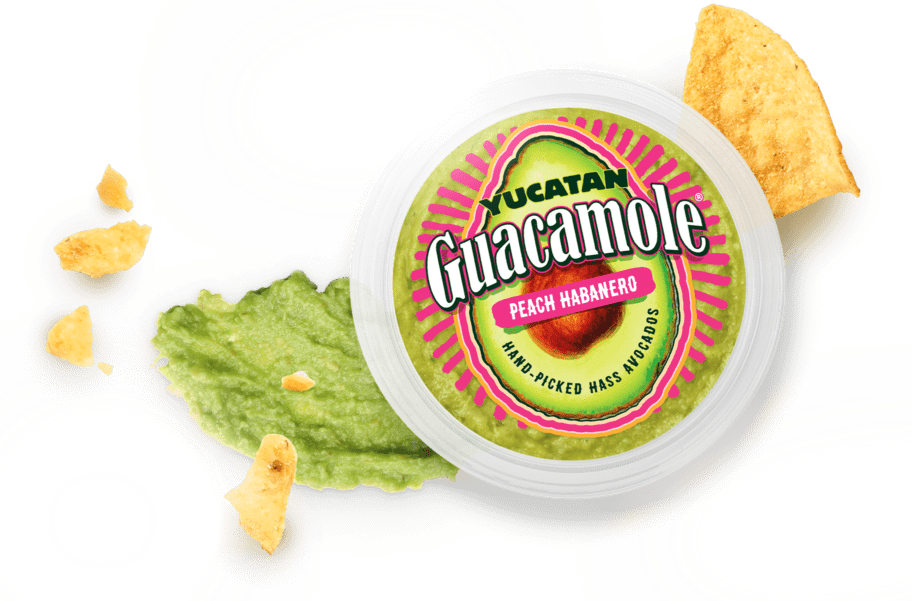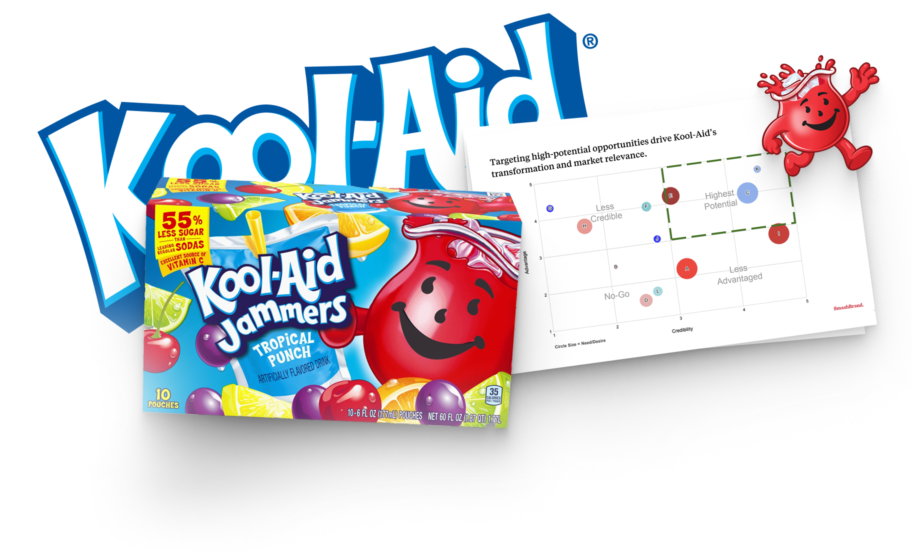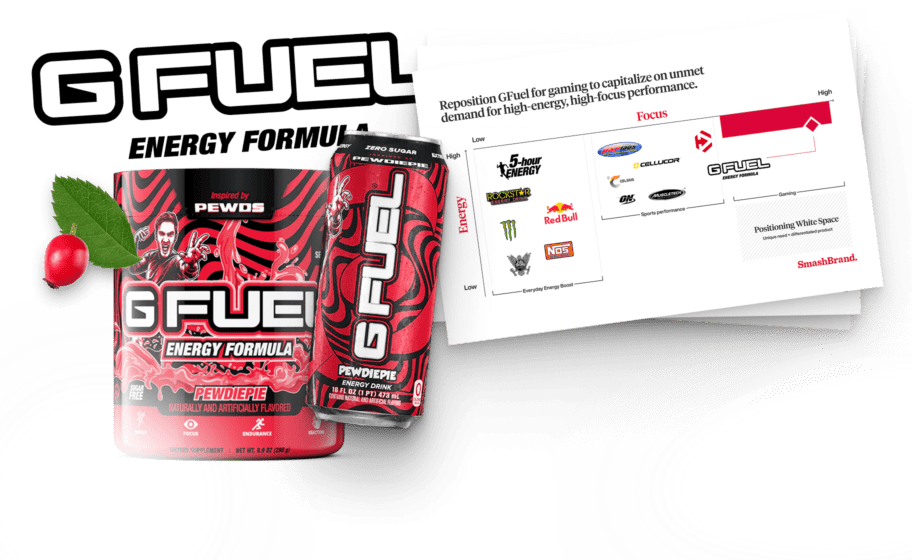Ever pick up a nutraceutical product that looked healthy but somehow didn’t feel trustworthy? That moment of hesitation, that half-second of doubt, is precisely where most nutraceutical brands lose their consumers. The wrong packaging design, the wrong materials, or a missing emotional cue can break trust before your functional food or dietary supplement ever gets tried.
The truth? Too many brands obsess over aesthetics and forget that nutraceutical packaging design is a silent salesperson. They ignore sustainability, misuse packaging, and dilute brand identity with inconsistent solutions, costing them shelf impact and long-term loyalty.
This article will show you how to build sustainable packaging that sells, balances performance with sustainability, and turns your nutraceuticals into a brand identity powerhouse rooted in innovative materials and human-centered design.
The evolving nutraceutical landscape.
Nutraceuticals occupy a unique space, a true hybrid of food, supplement, and pharmaceutical. This fusion creates opportunity but also complexity. Unlike traditional foods or medicines, a nutraceutical product must appear appetizing, feel trustworthy, and convey scientific credibility simultaneously.
The packaging has to balance aesthetics, regulatory compliance, and essential information, all while reflecting the quality and purpose of the product. For any nutraceutical brand, that balance defines its brand identity and determines how it performs in a crowded, competitive market.
Functional beauty and ingestible skincare.
Today’s consumers view beauty as an inside-out pursuit, turning to ingredients like collagen, hyaluronic acid, and electrolytes. Here, innovative packaging must be both aspirational and clinical, sleek enough for a vanity shelf yet credible enough to signal efficacy.
Visual codes rely on soft gradients, elegant typography, and minimalist color palettes that convey health, purity, and premium quality. The nutraceutical mark, your brand’s signature design cue, should reflect radiance and rejuvenation without crossing into cosmetic vanity.
Longevity and cognitive health.
For products supporting focus, clarity, and aging well, the aesthetics shift toward intellect and vitality. Think calm neutrals, geometric layouts, and modern science-inspired cues. The packaging design should reassure with precision and credibility, highlighting advanced ingredients and functional health benefits. This segment relies on essential information, doses, studies, and proof to build trust. The nutraceutical brand positions itself as a guide to a more intelligent and stronger life.
Lifestyle-led nutrition.
These nutraceutical products cater to high-energy consumers seeking fast, visible results. Innovative packaging for this segment prioritizes clarity and motivation, featuring bold typography, energizing color palettes, and dynamic structures that convey an active and modern feel.
Copy should emphasize performance outcomes while maintaining clean, science-driven aesthetics. Every visual choice reinforces brand identity: confident, focused, and in control.
Sustainability pressure in packaging and ingredient sourcing.
Modern consumers want their health choices to be planet-friendly. That’s where sustainable packaging becomes a core part of the nutraceutical brand story.
Using recyclable or compostable materials and transparently sourced ingredients communicates integrity and quality. The nutraceutical mark should evolve into a symbol of accountability, proving that performance and sustainability can coexist.
Each of these subcategories speaks its own design language. The key is alignment, ensuring that every nutraceutical product conveys the right emotional and informational tone for its target audience. Whether it’s glowing skin, sharper focus, or responsible wellness, the winning brand identity translates scientific truth into visual trust.
Understanding the nutraceutical consumer.
The modern nutraceutical consumer is living a paradox: science-seeking yet experience-driven. They crave proof that a product works, but they also want it to fit seamlessly into their daily routine. In today’s expanding nutraceutical market, shoppers look beyond claims; they evaluate texture, tone, and even the sound of the lid clicking shut.
They expect experts to deliver measurable benefits backed by science, but they also want emotional reassurance, the sense that their purchase aligns with who they are becoming. The following are the three needs of nutraceutical consumers.
Preventive.
Preventive consumers take the first step toward sustained wellness. They gravitate toward nutraceutical products that symbolize longevity and consistency. These shoppers respond to designs that feel clean, credible, and enduring, featuring premium materials, muted colors, and clear typography that project trust and durability. They value well-structured storage systems and convenience, as they seamlessly integrate supplements into their daily habits.
Restorative.
Restorative consumers turn to nutraceuticals for tangible benefits, more energy, better digestion, and improved sleep. Their mindset is about fixing something now. They expect experts to guide them with clarity and empathy.
Packaging for this group should signal freshness and renewal through light, cool tones and intuitive labeling. Functional formats, such as powders or gummies, offer both tactile satisfaction and instant gratification.
Enhancement.
Enhancement shoppers view wellness as an extension of identity. They want nutraceutical products that enhance appearance, focus, and performance, products that look as good as they work. Their design preferences lean towards sleek, high-contrast visuals and premium materials that convey an elevated lifestyle choice. Whether for beauty, fitness, or mental clarity, these consumers see every product as a reflection of progress.
Why packaging must connect function and emotion.
In the nutraceutical market, successful packaging bridges the functional (proof) and emotional (self-image) aspects of the product. It must demonstrate clinical credibility, comply with regulations, provide ingredient transparency, and offer clear benefits, while evoking pride, motivation, and a sense of belonging.
When packaging combines scientific expertise with emotional storytelling, it becomes more than a container; it becomes a daily ritual. The goal is to make each consumer feel like they’ve taken one empowering step closer to their best self, confidently, conveniently, and beautifully.
The core pillars of winning nutraceutical packaging design.
Every great nutraceutical packaging strategy starts with clarity and confidence. Effective packaging solutions strike a balance between science, simplicity, and aesthetics, transforming an opportunity for connection into a lasting part of someone’s daily life. Like wine packaging design or chocolate packaging, where every detail signals quality and story, nutraceuticals demand the same emotional and sensory precision.
Clarity of benefit.
Consumers shouldn’t have to search for the reason to believe. Lead with an outcome-based hierarchy, such as “Supports Gut Health” and “Hydrates Faster,” rather than relying on ingredient overload. Utilize typography and spacing to convey complex scientific concepts in clear, human language.
Vega, for example, masters this by keeping its functional claims front and center, making purpose clear at a glance. Avoid visual clutter; confusion invites contamination of meaning.
Sensory appeal.
Even in functional SKUs, sensory cues influence emotions and actions. Flavor visuals instantly boost purchase intent by making efficacy feel enjoyable. Excellent nutraceutical packaging showcases how it might enhance the taste, texture, or energy of their day.
The key is balance: evoke flavor without compromising credibility. Clean design, restrained color palettes, and subtle texture cues allow the product to appear both delicious and dependable, demonstrating that science and sensory delight can coexist on-shelf.
Trust and credibility.
In nutraceutical packaging, trust is built before a single word is read. Color, material, and layout work together to signal legitimacy and safety at first glance. Neutral tones, matte finishes, and structured grids create the visual calm that consumers subconsciously associate with proven quality. The use of icons, certifications, and clean design systems adds layers of authenticity, reinforcing that the brand meets high standards.
Premium experience.
Premium packaging goes beyond looks. Texture, print finishes, and thoughtful structure create instant trust signals that say, This works. A soft-touch matte surface, embossed logo, or metallic accent subconsciously equates to higher efficacy and quality, especially in a category where belief drives purchase.
When a nutraceutical product feels substantial and refined in hand, it reinforces both performance and care. The tactile experience becomes an extension of the brand’s promise, turning every interaction with the pack into validation that the science inside delivers results.
Ease of trial.
Trial-size packaging turns hesitation into action. Formats with 5–14 servings lower commitment, inviting first-time users to experience the product without the pressure of a full-size purchase. The key is to make these more miniature packs feel just as substantial and premium as their larger counterparts, through innovative structure, tactile finishes, and a consistent brand identity. Clear labeling, compact proportions, and thoughtful packaging design communicate convenience and confidence.
Category-specific design factors.
Below are the factors that most directly shape nutraceutical packaging choices, each with practical cues.
Product from influence.
What to solve: Structure, materials, and claim hierarchy must match how the product is used and protected.
- Powder sachets (e.g., Liquid I.V., LMNT): Slim sticks maximize portability and dosing clarity. Use high-barrier films (moisture/oxygen) and lead with benefit (“Hydrates Faster”) plus flavor. Tear-notch + lot/date codes emphasize quality.
- Gummies (e.g., OLLY, HUM Nutrition): Wide-mouth jars or pouches spotlight flavor and fun; add freshness locks (induction seals, zipper closures). Claims should foreground outcome, with serving size and sugar info high in the hierarchy.
- Capsules/softgels (e.g., Ritual, Pure Encapsulations): Rigid bottles protect from moisture and light; amber or frosted plastics/glass support stability. Use minimalist grids and clinical typography; hero the protocol (dosage, timing).
- Ready-to-drink (RTD) (e.g., Celsius, Poppi functional soda): Can/bottle structure does the blocking; cold cues, carbonation, or energy callouts lead. Shrink sleeves or litho cans carry bold flavor systems and compliance copy.
Tactile experience: Soft-touch coatings, crisp emboss, and confident closures (clicks, torque) reinforce efficacy.
Ingredient transparency.
What to solve: Make the “why it works” visible, without slipping into pharma sterility.
- Front-of-pack storytelling: Call out hero ingredients, for example, “Electrolytes + B-vitamins” on Liquid I.V. and “Hyaluronic Acid + Vitamin C” on HUM Glow Sweet Glow.
- Design moves: Short, legible stacks; icons for source/standardization; micro-diagrams used sparingly.
- Tone: Confident, not clinical; avoid dense mechanistic charts on the front. Save deeper science for side panels, a QR, or PDP.
Flavor and function segmentation.
What to solve: Speed shopability across SKUs while preserving a strong block.
- Systemize flavor: Brands like OLLY and Vital Proteins use color coding, fruit icons, and gradients for instant taste recognition.
- Systemize function: Ritual and Thorne emphasize outcome lines (Prenatal, Sleep, Immunity) with consistent claim placement.
- Balance: Lock logo, claim location, and layout; vary only the designated “signal zones” (color, icon, accent texture) so the shelf still reads as one brand identity.
Design for the retail shelf vs. the digital shelf.
In the nutraceutical category, packaging must perform in two radically different environments: the retail shelf and the digital shelf. Each setting demands its own strategy, yet both must communicate the same core promise: credibility, clarity, and connection.
Whether through tactile box packaging design in-store or immersive DTC packaging design online, the goal remains the same: win the consumer’s trust within seconds.
Retail shelf.
At retail, the 3-second rule defines success: capture attention, create understanding, and earn trust before the shopper moves on. Strong contrast, cohesive shelf blocking, and premium tactile finishes (embossing, matte coatings, or plant-based packaging textures) help the product stand out and feel authentic.
Pack size also influences behavior: smaller trial units encourage first purchases, while visual price parity across SKUs reinforces brand value. Physical presence and sensory interaction transform packaging into a powerful conversion tool.
Digital shelf.
Online, packaging must replace touch with storytelling. DTC packaging design focuses on translating physical credibility into visual cues, conveying texture through photography, highlighting key claims in thumbnails, and ensuring legibility on mobile screens. Motion graphics, 360° spins, and lifestyle imagery recreate the in-hand experience virtually.
The best digital executions combine performance data with personality, featuring concise benefit statements, clean lighting, and consistent branding that align with the on-shelf identity. Here, credibility lives in pixels, not paper, yet it’s built with the same precision and purpose that define every winning nutraceutical packaging design.

Nice Package
Don’t miss out on our monthly newsletter Nice Package!
Each month, we deliver a data-driven newsletter directly to your inbox, unpacking a critical topic in the FMCG & CPG industry.
"*" indicates required fields
Data-driven Nutraceutical packaging design.
SmashBrand is a data-driven nutraceutical packaging design agency that turns creative ideas into measurable results. We start with real consumer insights, testing how shoppers think, feel, and make decisions. Using behavioral data and purchase-intent validation, we identify which design elements capture attention, build trust, and drive conversions before launch.
Our process blends creativity with science through shelf simulations, eye-tracking, and A/B testing. Data refines every color, claim, and layout. The outcome: packaging that performs in the real world, driving visibility, credibility, and sales for nutraceutical brands that refuse to guess.
Subscribe to
Nice Package.
SmashBrand’s Nice Package: Stay current with our latest insights
Free Resource.

CPG product repositioning guide.
Explore the five undeniable signs your CPG product needs repositioning along with strategies for leveraging consumer insights for a guaranteed market lift.
Download Whitepaper About CPG product repositioning guide.



